TUESDAY: ALL ABOUT BANANAS
ALL ABOUT BANANAS
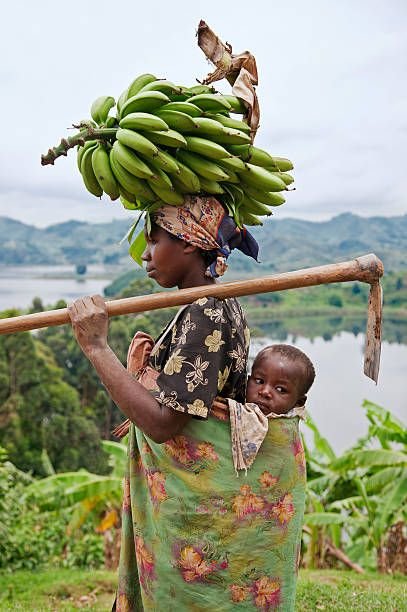
Bananas have been part of our diet for thousands of years, and written references date back to around 500BC. Today, they are the most popular fruit in the world: in fact, over 100 billion bananas are eaten around the world every year, and around 51% of these are eaten at breakfast time.
Some horticulturists believe that bananas were the first fruit on earth. Their origin is placed in Southeast Asia, in the jungles of Malaysis. Indonesia or the Philippines. where many varieties of wild bananas still grow today. Africans are credited to have given the present name, since the word banana would be derived from the Arab for 'finger'. They started to be traded internationally by the end of the fourteenth century. The development of railroads and technological advances in refrigerated maritime transport subsequently enable bananas to become the most traded fruit in the world.
Bananas are grown in more than 150 countries, and 105 million tonnes of fruit are produced each year. Bananas which are grown for local consumption are generally grown in traditional, extensive systems. The Dessert banana, like the Cavendish variety, are of huge economic importance to many countries in the Global South, and thye account for 43 million tonnes. and the Plantain account for 45 million tonnes. Locally consumed bananas are a staple food in many tropical countries and play a major role in terms of food security.
People often assume that the banana fruit grows on trees, however, the banana is a high herb which can grow up to 15 metres. There are over 1000 different varieties of bananas growing around the world, subdivided into 50 groups. Some are sweet, like the Cavendish variety, which is the most common and most widely exported. It is named after Musa Cavendishii and was first grown at Chatsworth House in the UK in 1830. This variety of banana is currently under threat from a disease called Sigatoka, which has reduced banana yields by 40% every year.

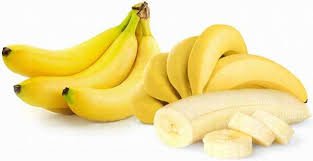
Image source

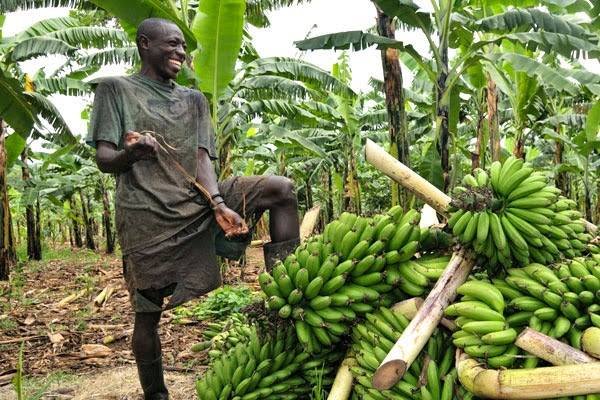
Image source



Image source






Banana facts
- On average each person in the UK eats 10kg bananas a year – about 100 bananas!
- In Britain, we eat over five billion bananas every year
- The scientific name for banana is 'musa sapientum' which translates as 'fruit of the wise man'
- The word banana comes from the Arabic word "banan", meaning finger
- The banana plant is not a tree, it is the world's largest herb
- The "trunk" of a banana plant is not made of wood, it is made of tightly overlapping leaves Bananas could help you to feel happier, as they contain tryptophan, a type of protein that the body converts into serotonin, known to promote relaxation and improve mood.
- The inside of a banana skin can be used to calm an itchy mosquito bite - many people find that rubbing the bite with the skin helps to reduce irritation.
-A medium-sized banana contains only 95 calories, and provides a quick-but-sustained energy boost in a natural, nutritious and easily digestible form with no fat, cholesterol or sodium. - British Banana supplier, Fyffes, received its first consignment of bananas 124 years ago, in September 1888.
- A stem of bananas consists of “hands”, which consist of 10 to 20 bananas. When a hand is split, the bananas become “clusters”, which generally consist of between three to eight bananas.
- The inside of a banana skin can be used to polish shoes!

Why bananas matter

Bananas are one of the most consumed and cheapest fruits worldwide: they are the most traded fruit and the fifth most traded agricultural product. Bananas constitute a significant portion of the export revenues for many Latin American and Caribbean countries.
They are an essential source of income and employment for many households, as well as being a source of nutrition and food security for more than 400 million people in producer countries. However, only 15 to 20% of the world's banana production is traded globally.

How bananas are grown
Banana plants are often mistaken for trees or palms - they are actually herbs. The banana is a perennial plant that replaces itself. Bananas do not grow from a seed but from a bulb or rhizome, and it takes 9 to 12 months from sowing a banana bulb to harvesting the fruit. The banana flower appears in the sixth or seventh month. Unlike other fruit like apples which have a growing season, bananas are available all year round.
Banana plants thrive in tropical regions where the average temperature is 80° F (27° C) and the yearly rainfall is between 78 and 98 inches. Most bananas exported are grown within 30 degrees either side of the equator. The plants need rich, dark and fertile soils with steady moisture in the air and ground and good drainage.
Banana plantations are predominantly found in Latin America. They require huge investment in infrastructure and technology for transport, irrigation, drainage and packing facilities. On the other hand, in the Eastern Caribbean, farmers tend to use smallholder production. This system is less capital intensive and more labour intensive, and is present because the physical features of the area mean it is not possible to use the plantation system.
Growing bananas is, in general, labour intensive. It involves clearing jungle growth, propping of the plants to counter bending from the weight of the growing fruit, and irrigation in some regions. As well as an intensive use of pesticides, the conventional production process involves covering banana bunches with polyethylene bags to protect them from wind, insect and bird attacks, and to maintain optimum temperatures.

Harvesting and ripening

After nine months, the bananas are harvested while still green. At the packhouse they are inspected and sorted for export. Buyers of fruit in the UK want unbruised bananas and so very high standards are set. If the bananas do not meet these standards they are usually sold locally at a much lower price.
The fruit is then transported to ports to be packed in refrigerated ships called reefers (bananas take between six and twelve days to get to the UK/Europe). In order to increase shelf life, they are transported at a temperature of 13.3°C, and require careful handling in order to prevent damage. Humidity, ventilation and temperature conditions are also carefully monitored in order to maintain quality.
When the bananas arrive at their destination port they are first sent to ripening rooms (a process involving ethylene gas) and then sent to the shops. Dessert banana production for export (around 15 million tonnes per year) is of huge economic importance for many countries in the Global South. However, it also causes huge environmental issues. For example, banana production relies on intensive monocultures, which are sustained by using massive quantities of toxic chemicals, which are hazardous to both workers and the environment. The use of unsafe chemicals like pesticide can pose serious health problems for workers. In 2011, workers in Latin America won a lawsuit against large corporations who used Nemogon in plantations despite the fact the chemical was banned in 1977. Industrial-scale production also results in problematic waste management issues.

Where bananas are grown
Bananas and other tropical fruit like pineapples are grown in tropical areas like Africa, Latin America, the Caribbean, and the Pacific. Bananas are a staple food for many developing countries and only around 15 to 20% of all bananas are exported to the global market.
Most tropical fruit available in British supermarkets are exported from Latin America and West Africa. Many exporters are finding new areas and countries to export from in the search for cheaper fruit, but this is jeopardising social and environmental standards.
Latin America
Latin America dominates the global banana economy, and it represents an important source of income for these countries. Latin American countries export to the United States, Canada, Europe, Russia and the Asia-Pacific region. The majority of Europe's bananas and pineapples come from countries in Latin America, like Ecuador which is the world’s largest banana exporter, Costa Rica which is the world's largest pineapple exporter, and Colombia.
The Caribbean
Caribbean bananas are generally produced by small family owned farms using more sustainable methods of production than those used on the large monoculture plantations in Latin America. This does however exclude some of the larger Caribbean countries such as the Dominican Republic where bananas are also produced on medium-scale plantations.
West Africa
Almost all African countries produce a significant amount of bananas, but only a few actually export them. West African countries produce nearly all of Africa's banana exports. Production in this region has grown rapidly over the past 15 years, for example, Côte d'Ivoire banana exports account for 3.1% of the global trade. The vast majority of these bananas are sold in Europe, mainly in France and the UK.


For more information visit:
http://www.bananalink.org.uk/es
https://www.anacafe.org/glifos/index.php/Cultivo_de_banano

If you got here ... Infinite thanks for reading me.
"God bless you and protect you"

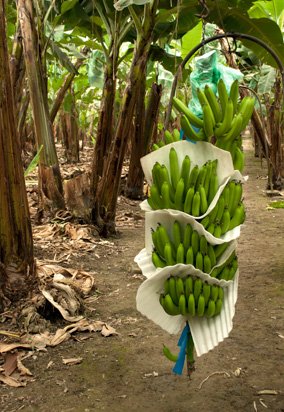
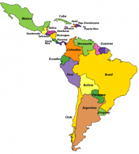
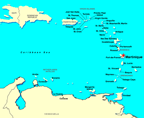
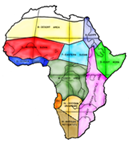
Buen resumen de la banana, me gusto tu post. Voto y resteem. Saludos